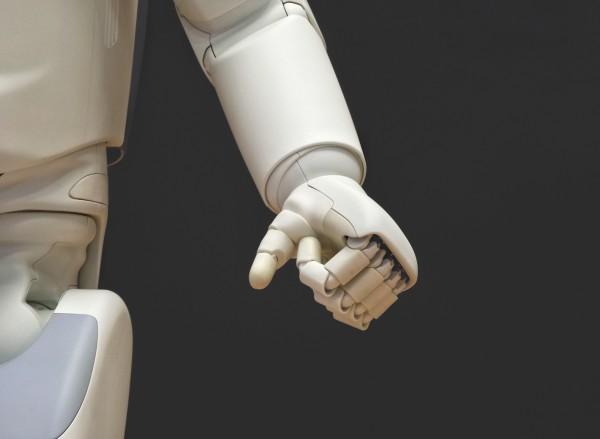
To remain viable and competitive in today's rapidly changing market, manufacturers must remotely monitor equipment, detect anomalies, and respond to supply chain disruptions promptly.
Manufacturers face multiple challenges in today's volatile market. One of the biggest concerns for them is to adapt quickly to changing market conditions, and identify potential issues before they become major problems. To remain viable and increase their agility, manufacturers must remotely monitor equipment, detect anomalies, and respond to supply chain disruptions promptly. Digital transformation is critical for achieving this goal. That's the only way to achieving smart factory goals such as improving resilience, increasing agility, and shortening time to market. Smart factories utilize cutting-edge technologies to optimize production, decrease wastage, and improve product quality. They offer flexibility to quickly adapt to shifting market needs, aiming to achieve automation, intelligence, and agility in production processes for higher productivity, lower costs, and better products.
Smart factory framework
Smart manufacturing enables manufacturers to monetize their data and algorithms by adopting digital technologies to develop new revenue streams. Successful manufacturers automate decision-making processes and manage assets carefully to achieve operational excellence and agility while maintaining strong relationships with customers and suppliers. Follow the below framework to achieve success.
In order for businesses to gain insight into their operations and pinpoint areas for development, the smart factory framework needs to be connected to the same value chain. As a result, they may eventually become more profitable and more competitive. A smart factory's value chain is made up of a number of phases, each of which is essential to the production process as a whole. Manufacturers can boost productivity, cut expenses, and enhance customer satisfaction by utilizing cutting-edge technologies and optimizing each step of the value chain. As shown below.
Establishing KPI targets, tracking KPIs, and constantly improving the value chain based on KPI data are all steps in the process of connecting the value chain of a smart factory with KPIs. Smart factories can identify areas for growth and make data-driven decisions to optimize the production process, increase productivity, lower costs, and boost customer satisfaction by monitoring and analyzing the KPIs listed below.
Given its potential to help businesses succeed and stay competitive in today's fast-paced environment, smart factory is becoming more and more important in the manufacturing sector. Manufacturers can boost productivity, raise product quality, give customers a better experience, streamline their supply chains, and gain a competitive edge by adopting smart factory initiatives. Aligning initiatives with business goals, creating a thorough strategy, prioritizing initiatives, utilizing existing technology investments, and tracking success are all necessary for maximizing ROI for smart factories.
A strategic approach is needed
IT decision makers can ensure that their companies are maximizing their investments in smart factories and remaining competitive in today's fast-paced business environment by following the value chain and framework outlined above. Smart factory implementation success requires a strategic approach that includes evaluating the current state of the business, choosing the best technologies to implement, developing a detailed plan, putting the technologies into use and testing them, and monitoring and evaluating the outcomes. Manufacturing businesses can increase efficiency, productivity, and quality control while lowering costs and maintaining competitiveness in today's rapidly changing technological environment by adhering to these crucial steps.
In a nutshell, a smart factory functions like a symphony orchestra, with each instrument being a piece of machinery or equipment, and the director being cutting-edge technology. The machines communicate with one another and adjust their performance in perfect unison to produce a flawless final result. Artificial intelligence and other cutting-edge technologies serve as the conductor, guiding and directing the production process to ensure that each note is performed precisely and each beat is timed exactly. The result is a manufacturing masterpiece where quality, productivity, and efficiency all work together to produce something incredibly magnificent.
- The author is a Senior Consultant at Cognizant MLEU Consulting, and was recognized as a Next 100 Winner in 2016.

 In
In
Add new comment